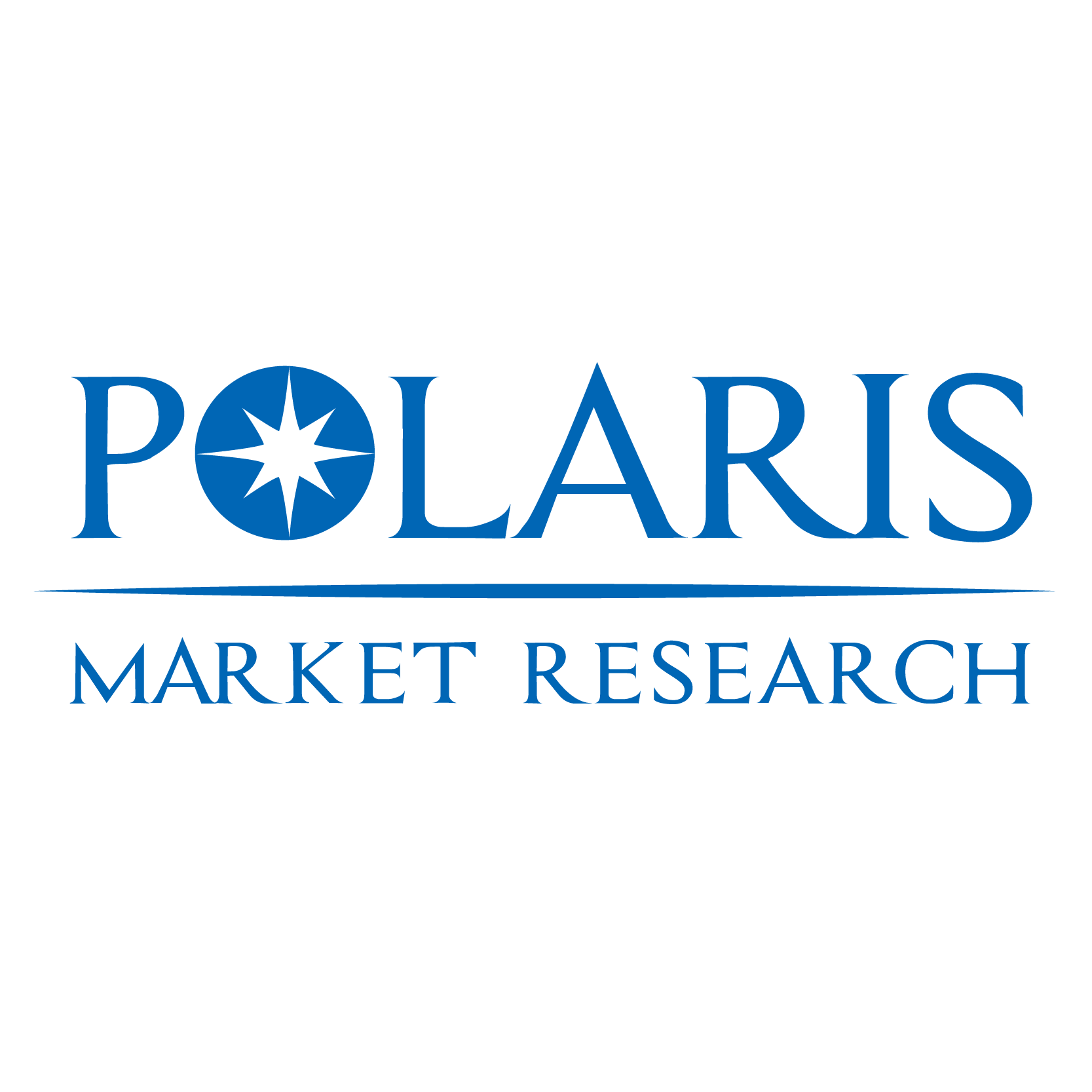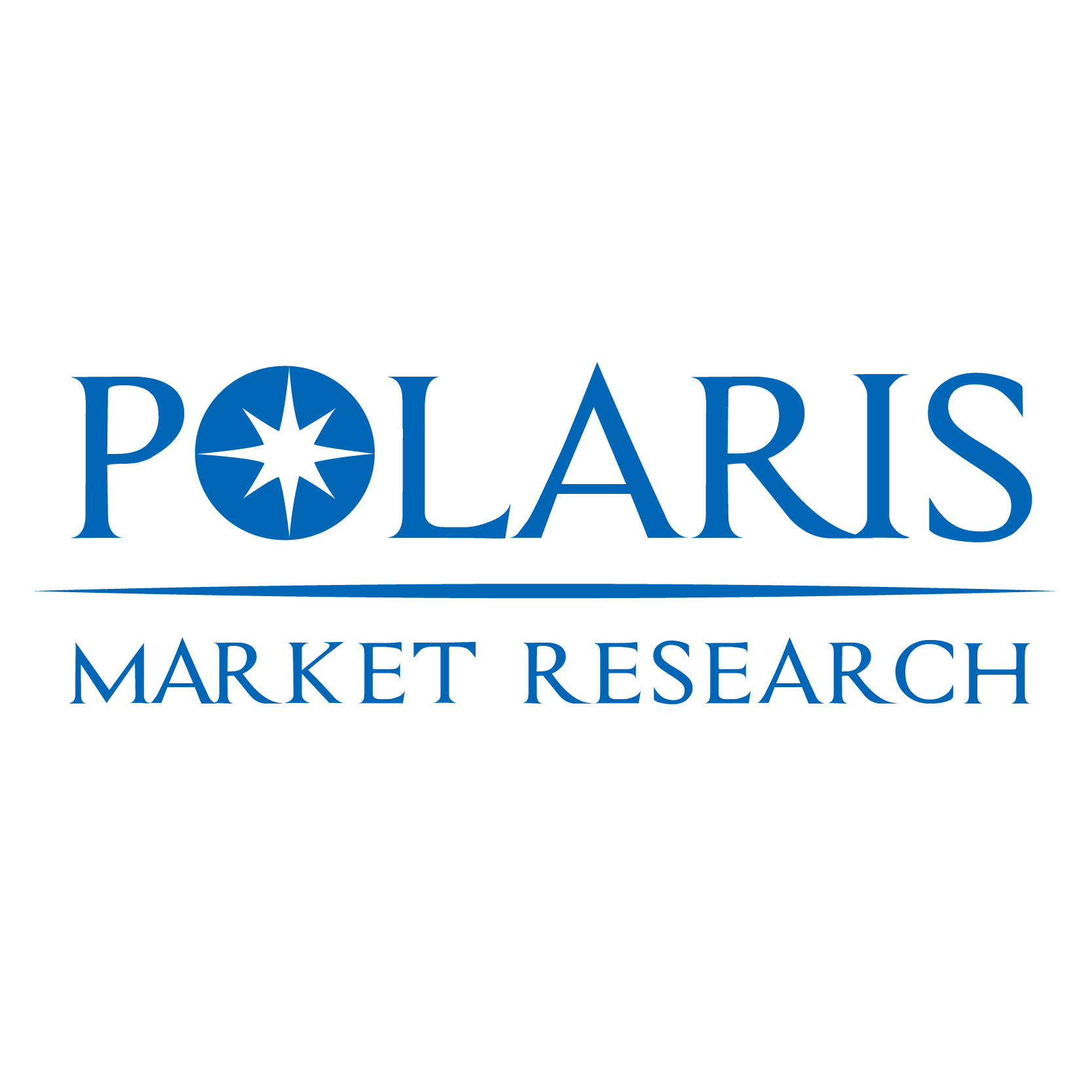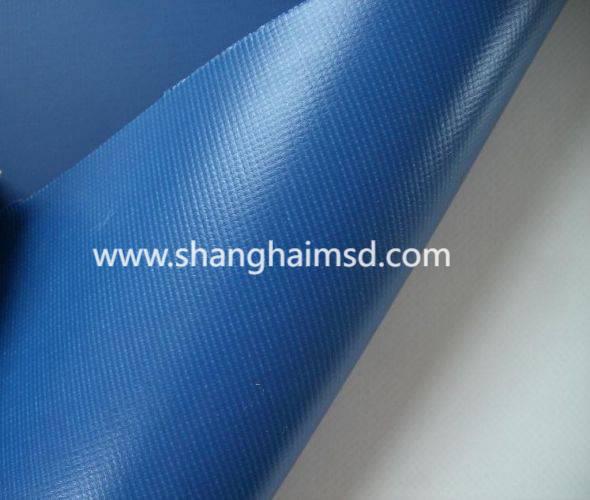Beyond Sweetness: Diverse Applications Driving Growth in the Pentaerythritol Market
Pentaerythritol Market Overview
Global Pentaerythritol Market size and share is currently valued at USD 1.81 billion in 2024 and is anticipated to generate an estimated revenue of USD 2.91 billion by 2034, according to the latest study by Polaris Market Research. Besides, the report notes that the market exhibits a robust 4.80% Compound Annual Growth Rate (CAGR) over the forecasted timeframe, 2025 - 2034
The Pentaerythritol Market has emerged as an integral segment of the global chemical industry, driven by its versatile applications across coatings, lubricants, explosives, and plasticizers. Pentaerythritol, a white crystalline polyhydric alcohol, serves as a key raw material for the production of alkyd resins, synthetic lubricants, and flame retardants. Its multifunctional structure and excellent stability make it a preferred choice in various industrial formulations, especially in sectors emphasizing durability and chemical resistance.
The growing demand for environmentally sustainable and high-performance materials has led to increased utilization of pentaerythritol-based derivatives. With expanding industrialization, infrastructure development, and the growing need for high-quality paints and coatings, the market continues to evolve with technological innovations and sustainable production methods. Furthermore, the shift toward bio-based chemicals has opened new avenues for eco-friendly pentaerythritol manufacturing, aligning with global sustainability goals.
Key Market Growth Drivers
A primary factor driving the Pentaerythritol Market is the rising demand for alkyd paints and coatings used in automotive, construction, and industrial applications. Pentaerythritol is a critical raw material in alkyd resin production, which imparts superior gloss, flexibility, and adhesion properties to coatings. With the global construction industry witnessing steady growth, particularly in emerging economies, the need for protective coatings has surged, thereby fueling the consumption of pentaerythritol.
The expansion of the automotive industry is another significant growth driver. Pentaerythritol-based lubricants and esters are widely used in high-performance engine oils, transmission fluids, and greases due to their thermal stability, oxidation resistance, and low volatility. As automotive manufacturers shift toward more fuel-efficient and sustainable formulations, synthetic lubricants derived from pentaerythritol have gained increased traction.
Additionally, the market benefits from the growing use of pentaerythritol in explosives and stabilizers. It serves as a key intermediate in the production of pentaerythritol tetranitrate (PETN), an important high explosive used in defense and mining applications. Its application in stabilizers for plastics and PVC products also contributes to market expansion, particularly in the packaging and construction sectors.
The trend toward environmentally friendly materials is further propelling market growth. Bio-based pentaerythritol, derived from renewable feedstocks, is being increasingly adopted as an alternative to petroleum-based chemicals. This aligns with stringent environmental regulations and the global push toward reducing carbon footprints. Chemical manufacturers are investing in greener synthesis processes to minimize waste and improve energy efficiency.
Moreover, the growth of the lubricants industry and the increasing demand for synthetic ester-based lubricants in industrial machinery and aviation sectors have amplified the use of pentaerythritol esters. These lubricants not only extend equipment lifespan but also enhance energy efficiency, making them a preferred choice in high-performance applications.
Market Challenges
Despite its broad range of applications, the Pentaerythritol Market faces several challenges that could hinder its growth trajectory. One of the primary obstacles is the fluctuation in raw material prices, particularly formaldehyde and acetaldehyde, which are essential feedstocks in pentaerythritol production. Variability in raw material costs affects production margins and limits the competitiveness of manufacturers.
Another major challenge is the environmental impact of traditional production methods. Conventional pentaerythritol manufacturing involves the use of formaldehyde, a toxic and volatile compound that poses health and environmental risks. Compliance with stringent environmental and safety regulations in regions such as North America and Europe has compelled producers to adopt cleaner technologies, which often require substantial capital investment.
The availability of substitute materials also presents a challenge. Other polyols, such as trimethylolpropane (TMP) and neopentyl glycol (NPG), can serve as alternatives in certain applications, potentially limiting the market’s expansion in specific end-use segments.
Additionally, limited awareness of bio-based pentaerythritol among end users and the relatively high cost of eco-friendly alternatives may slow adoption in price-sensitive markets. This is especially significant in developing economies where conventional products still dominate due to cost advantages.
The geopolitical and trade uncertainties affecting global chemical supply chains further exacerbate the challenges. Any disruption in transportation or feedstock availability can significantly impact production and delivery schedules, affecting the market balance.
𝐁𝐫𝐨𝐰𝐬𝐞 𝐌𝐨𝐫𝐞 𝐈𝐧𝐬𝐢𝐠𝐡𝐭𝐬:
https://www.polarismarketresearch.com/industry-analysis/pentaerythritol-market
Regional Analysis
The Pentaerythritol Market displays a strong regional segmentation, influenced by industrial activities, regulatory policies, and manufacturing capacities.
Asia-Pacific dominates the global market, supported by robust industrial growth, construction expansion, and strong automotive production in countries such as China, India, Japan, and South Korea. China, in particular, is a major producer and consumer due to its large-scale chemical manufacturing infrastructure and increasing demand for paints, coatings, and lubricants. The rising focus on renewable and eco-friendly chemical production in the region further contributes to market development.
North America represents a significant market for pentaerythritol, driven by the growing adoption of synthetic lubricants and environmentally friendly coatings. The United States, being home to leading chemical manufacturers, has been at the forefront of developing bio-based pentaerythritol formulations. The demand from aerospace, automotive, and industrial machinery sectors continues to strengthen the regional market outlook.
Europe also holds a substantial share, characterized by a strong emphasis on sustainability and environmental compliance. Countries such as Germany, the Netherlands, and Sweden have established advanced chemical production facilities that prioritize green technologies. The region’s mature automotive and industrial coatings industries further drive demand for high-performance pentaerythritol derivatives. However, strict regulatory standards related to chemical emissions and waste management may pose operational challenges to manufacturers.
Latin America is witnessing gradual market expansion, supported by infrastructural development and the growth of end-use industries such as paints and lubricants. Brazil and Mexico are emerging as key markets due to increased investments in construction and automotive production.
In the Middle East and Africa, the market is driven by the presence of a growing industrial base and ongoing diversification efforts to reduce dependence on oil exports. The demand for industrial coatings and lubricants in construction, petrochemical, and transportation sectors is expected to foster steady market growth in the coming years.
Key Companies
Leading companies operating in the global Pentaerythritol Market include:
- Perstorp Group
- Mitsui Chemicals Inc.
- Hubei Yihua Group Co. Ltd.
- Celanese Corporation
- Kanoria Chemicals & Industries Ltd.
- Ercros S.A.
- LCY Chemical Corporation
- Penta Manufacturing Company
- U-Jin Chemical Co. Ltd.
- MKS Marmara Entegre Kimya
These players are focusing on capacity expansions, strategic partnerships, and innovations in bio-based pentaerythritol production. The integration of renewable feedstocks and adoption of energy-efficient manufacturing technologies are key strategies aimed at strengthening competitiveness and ensuring environmental compliance.
Conclusion
The Pentaerythritol Market is poised for steady growth, driven by its indispensable role in multiple industrial applications ranging from coatings and lubricants to stabilizers and explosives. With ongoing industrialization, urbanization, and the global shift toward sustainable materials, demand for both conventional and bio-based pentaerythritol continues to rise.
More Trending Latest Reports By Polaris Market Research:
Patient Monitoring Devices Market
Micro-Electro-Mechanical System (MEMS) Market
Rapid Medical Diagnostic Kits Market
Patient Monitoring Devices Market
Bone Grafts And Substitutes Market




